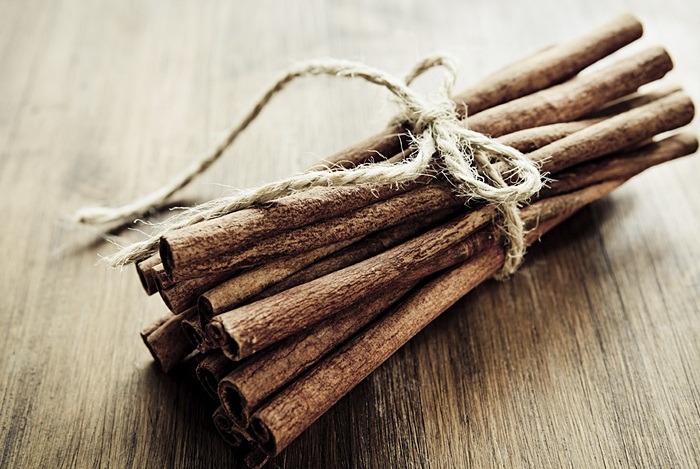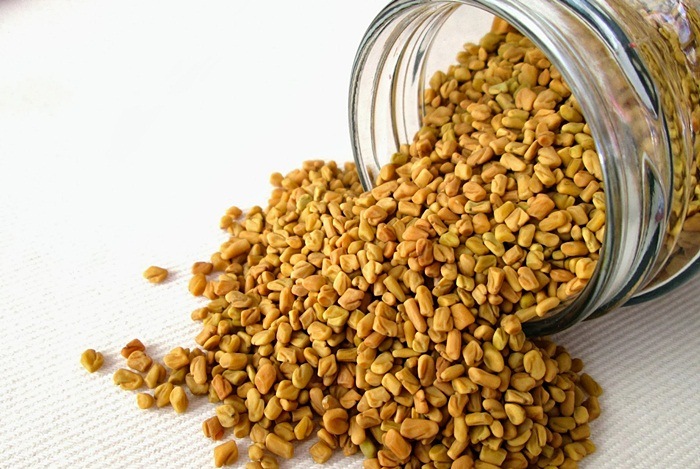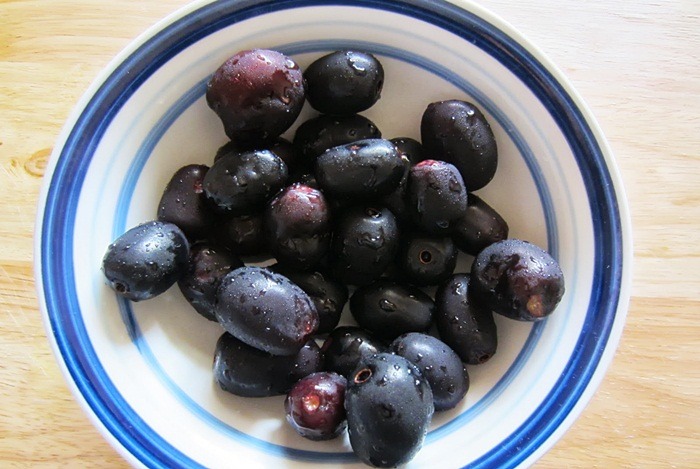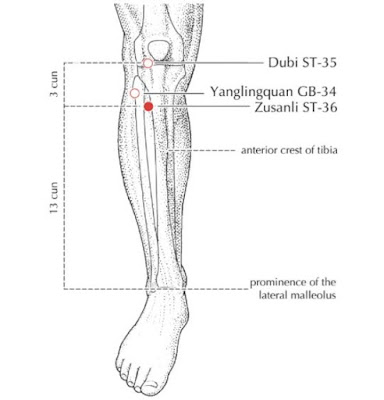Diabetes: causes, symptoms, Diagnosis and Treatment
What is DIABETES?
Diabetes is a chronic disease that occurs either when the pancreas does not produce enough insulin or when the body cannot effectively use the insulin it produces. Insulin is a hormone that regulates blood sugar. Hyperglycaemia, or raised blood sugar, is a common effect of uncontrolled diabetes and over time leads to serious damage to many of the body's systems, especially the nerves and blood vessels.
In 2014, 8.5% of adults aged 18 years and older had diabetes. In 2019, diabetes was the direct cause of 1.5 million deaths. To present a more accurate picture of the deaths causes by diabetes, however, deaths due to higher-than-optimal blood glucose through cardiovascular disease, chronic kidney disease, and tuberculosis should be added. In 2012 (year of the latest available data), there were another 2.2 million deaths due to high blood glucose.
Between 2000 and 2016, there was a 5% increase in premature mortality from diabetes. In high-income countries, the premature mortality rate due to diabetes decreased from 2000 to 2010 but then increased in 2010-2016. In lower-middle-income countries, the premature mortality rate due to diabetes increased across both periods.
By contrast, the probability of dying from any one of the four main non-communicable diseases (cardiovascular diseases, cancer, chronic respiratory diseases, or diabetes) between the ages of 30 and 70 decreased by 18% globally between 2000 and 2016.
Types of Diabetes?
There are two types of diabetes
Type 1 diabetes:-
Type 1 diabetes is characterized by deficient insulin production and requires daily administration of insulin. Neither the cause of Type 1 diabetes nor the means to prevent it are known.
Symptoms:
- excessive excretion of urine (polyuria)
- thirst (polydipsia)
- constant hunger
- weight loss
- vision changes
- fatigue
Type 2 diabetes:
Type 2 diabetes results from the body’s ineffective use of insulin. The majority of people with diabetes have type 2 diabetes. This type of diabetes is largely the result of excess body weight and physical inactivity.
Symptoms: -
symptoms are like type 1 diabetes but It may take several years after onset after complications have already arisen.
Until recently, this type of diabetes was seen only in adults but it is now also occurring increasingly frequently in children.
To reduce Diabetes:
Do's and Don't:
Prevention using Species :
- Cinnamon:-
Using cinnamon is also one of the most effective home remedies for diabetes. Cinnamon powder helps in lowering blood sugar by stimulating the activity of insulin. Many studies show that cinnamon may help reduce blood sugar levels by up to 29 %.
How to use it:
Take one liter of water and boil it. Simmer it for around 20 minutes. Add three teaspoons of cinnamon powder while you simmer this water. After twenty minutes, strain the liquid. Now have this water every day.
Add 1 teaspoon of cinnamon powder to 1 cup of warm water. Drink this daily.
Alternatively, you can sprinkle cinnamon powder on the dips or salads, or other dishes.
Another option is to add cinnamon powder to the milk, coffee, or tea.
Fenugreek:-
Take 2 tablespoons of fenugreek seeds and water
Take a bowl and add the fenugreek seeds to it.
Pour water in this and soak it overnight
Chew the soaked fenugreek seeds the next morning and consume the water along with the seeds.
Ensure to take this solution on an empty stomach to get quick relief from this problem.
Do this process every morning for a few months to get rid of this diabetes completely.
Leaf juice to reduce Diabetes :
1. Mango leaf :-
Take Mango leaves – 10 to 15
1 glass of water
Take the mango leaves and rinse them properly.
Place the leaves in water and cover them.
Leave it to soak overnight without disturbing it.
The next morning, filter the water and drink this water on an empty stomach.
Ensure to have your breakfast after one hour.
Repeat this process every day until you get instant relief from the problem.
2. Guava leaf:-
Guava leaves and guava fruit are effective natural home remedies for diabetes mellitus[2]. Guava leaves extract contains a flavonoid called quercetin that has a hypoglycemic effect and an ability to reduce blood sugar. Guava is also rich in pectin fiber, fructose, flavonoids, Arjun eolic, ursolic acid, zinc, magnesium, manganese, and niacin that are contributed to the benefit of guava in treating diabetes. The vitamin C abundant in guava is a powerful antioxidant that boosts overall health, improves the immune system, and lowers the risk of heart disease. Studies also showed that significant compounds in guava can reduce the cholesterol level in the body.
Guava leaf juice
Put some guava leaves in a pan
Pour 1 1/2 cups of freshwater over the leaves
Boil it for a couple of minutes until the water is reduced to half
Turn off the heat and strain it
Let this tea cool down to the room temperature
Drink it
Consume two or three cups of this tea per day for quick results.
Fruits for Diabetes:-
- Guava:-
Guava has a low glycaemic index (GI), meaning it is digested and absorbed gradually and affects a gradual rise in glucose level. Being highly rich in fiber, which is considered great for keeping blood sugar levels in check. Fibers take a long time to digest, which makes sure that it is not released into the bloodstream quickly. Guava is low in calories, so it helps in weight management. Excessive weight is another causal factor of high blood sugar. According to the data of the United States Department of Agriculture (USDA), 100 gm of fruit contains just 68 calories and just 8.92 gm of natural sugar. Guava has a low sodium content and high potassium content (417 gm per 100 gm), meeting one of the prerequisites of a diabetes diet. If you thought orange is the best source of vitamin C, read this - Guava has 4 times the vitamin C content found in oranges! The nutrient is highly beneficial in building the immunity system of the body and helping it fight chronic diseases like diabetes.
1. Apple:-
Regular consumption of juicy, crunchy, and sweet apples can reduce the risk of developing diabetes. Moreover, patients saw a great improvement in diabetes after eating an apple on a daily basis [5] [6]. Therefore, when we look for home remedies for diabetes, we should not ignore apples. This sweet fruit is also loaded with vitamin C, soluble fiber, and antioxidants. Pectin found in apples is beneficial in detoxifying the body, removing harmful wastes and toxins, and lowering insulin. Moreover, apples can lower the risk for certain cancer, heart disease, and eye disease, complications of diabetes.
To help slow down the development of diabetes and control its symptoms, you just need to eat a small or medium-sized apple a day.
Oranges are loaded with vitamin C, fiber, and essential minerals that can help to control diabetes. Oranges are low in the glycemic index; therefore, it makes the glucose slowly release into the blood. Moreover, eating oranges can help to control weight gain. Obesity and overweight may increase the risk of developing diabetes. To keep the blood sugar and diabetes under control, you just need to eat one small orange on a regular basis. Eating oranges is better than drinking orange juice. According to research, eating citrus fruits like lemon, orange, pomelo, etc. may reduce the risk of developing diabetes in women, but consuming orange juice may increase that risk.
2. Jamun:-
Jamun benefits in diabetes
1. A powerful antioxidant.
2. Helps improve immunity and in the prevention of liver damage in diabetics.
3. Jamun extract has been shown to have anti-cancer potential.
4. Good for eyes and skin as is a great source of Vitamin A and C.
5. Good for keeping blood and urine sugar levels under control.
6. Has anti-aging properties and is also used as a coolant in the summer.
7. Beneficial for digestive system properties. Helps reduce diarrhea, dysentery, and dyspepsia.
8. Used for sore throat and asthma.
9. Jamun leaves are shown to have healing properties as well as anti-bacterial properties.
10. It is seen that Jamun juice may help in female sterility issues.
11. Help in anemia by increasing Hemoglobin due to high iron content.
2. Helps improve immunity and in the prevention of liver damage in diabetics.
3. Jamun extract has been shown to have anti-cancer potential.
4. Good for eyes and skin as is a great source of Vitamin A and C.
5. Good for keeping blood and urine sugar levels under control.
6. Has anti-aging properties and is also used as a coolant in the summer.
7. Beneficial for digestive system properties. Helps reduce diarrhea, dysentery, and dyspepsia.
8. Used for sore throat and asthma.
9. Jamun leaves are shown to have healing properties as well as anti-bacterial properties.
10. It is seen that Jamun juice may help in female sterility issues.
11. Help in anemia by increasing Hemoglobin due to high iron content.
Vegetable for BP:-
- Bitter guard:-
How to make Bitter guard juice:-
Bitter gourd – 4 to 5
Do this:
Take the bitter gourds and peel them off using a peeler.
Remove these seeds by cutting this gourd into pieces.
Crush these deseeded and peeled bitter gourd pieces to make a paste.
Place the solution on the sieve and squeeze it to extract the juice.
Drink the freshly extracted juice with an empty stomach every morning and you can add a little water to the bitter juice.
Drink this mixture every morning to help get complete relief from this problem.
- Ladyfinger
- green beans
- peas
- cabbage
- cauliflower
Click here to see all vegetables, species, juice for Diabetes
Yoga to cure BP:-
1. Bhastrika:-
Sit in comfortable asana like Padmasana, Siddhasana or Sukhasana. The spinal cord must be straight. Bhastrika is similar to the working of ‘bellows’. ‘Breathe in’ and ‘breathe out’ forcefully. Take the breath inside as deep as possible to fill the lungs and then exhale out completely to evacuate the lungs. Breath in and breath out with equal force.
The breath should be filled in the lungs up to the diaphragm, not in the stomach. Do not stop your breath during this process. This is one cycle completed. Repeat this process several times. Do not try to over practice, stop immediately when you feel tired.
Depending upon the capacity and health of the practitioner, it can be done in three variable speeds viz. slow, moderate, and high.
Do this yoga 10 - 15min
2. Kapalbharti:-
Sit in a comfortable asana with normal breathing. Inhale normally and exhale forcefully. Also, keep the body easy and relax, don’t feel stress. As a beginner, the force should be very low as per the body strength. Continue this practice till you can perform comfortably. Whenever feel tired take a break with normal breathing and then resume. Optimize your practice to make “one stroke per second”. The ideal frequency for the kapalbhati is once per second.
The abdominal area also makes inward and outward movements and considerable force are applied to the Manipura, Svadhisthana, and Muladhara Chakra. That is very helpful for Kundalini Jagran.
In the beginning, the practitioner may feel little pain in the abdomen and back because of the new strain to the body, which disappears after some days.
3. Mandukasana :-
Sit in Vajrasana
Put your left palm on your navel area and the right palm over the left one.
Inhale deeply.
Exhale and bend forward and take a suitable stretch on your naval region through your palms.
Hold the pose as long as you can with slow inhaling and exhaling.
Come to Vajrasana with a deep inhale.
4. Anulom Vilom:-
For closing nostrils alternatively, you need to use ‘right-hand thumb’ and ‘second & third fingers’ (Madhyama and Anamika). Keep the palm in front of the face and above the nose to avoid interruption inflow of breath from nostrils.
It should be practiced for 3 minutes daily, at least in the beginning or as per body strengths. and then you can increase your yoga time.
Click here to see more yoga for diabetes.
Acupressure to reduce BP:
1. LI 11
Place your finger about 2cm below the knee and massage the area for 5 minutes. Apply gentle pressure only. Do it every day to improve your digestive system. Studies show that diabetes usually begins with heartburn, and knee acupressure may help improve digestion and prevent heartburn. The technique also helps prevent aging, arthritis, and other types of weaknesses.
2. LI 4
You can find many acupressure points on your feet that control a number of health conditions, including insomnia, hypertension, and diabetes. To control your blood sugar, you need to find a point on the front side of your foot. It is close to your largest toe and the second toe. Look for a joining point here and then move your fingers 2cm below the point. Now, massage this point for 3-5 minutes daily to control your diabetes. Repeat the same on both feet.
3. ST 36
You can find this acupoint near the side of your wrist – it is on the side of your little finger. The point has a direct connection to your heart and proper stimulation will offer a number of health benefits. It works great to control stress from the heart. You should stimulate this point for at least 5 minutes. Do it every day to have a stress-free heart, which in turn will help control your diabetes.
Click here to see more acupressure points.
I personally recommend them because I know these products are very effective
Patanjali medicine for BP:
Divya Madhunashini Vati
Reference:-
1. New health advisor website :- Acupressure for Diabetes: 10 Points to Press | New Health Advisor
2. Style at life :- 15 Yoga Asanas and Mudras to Treat Diabetes! | Styles At Life
3. All remidies :- 30 Best Natural Home Remedies For Diabetes Mellitus (allremedies.com)


















Comments
Post a Comment